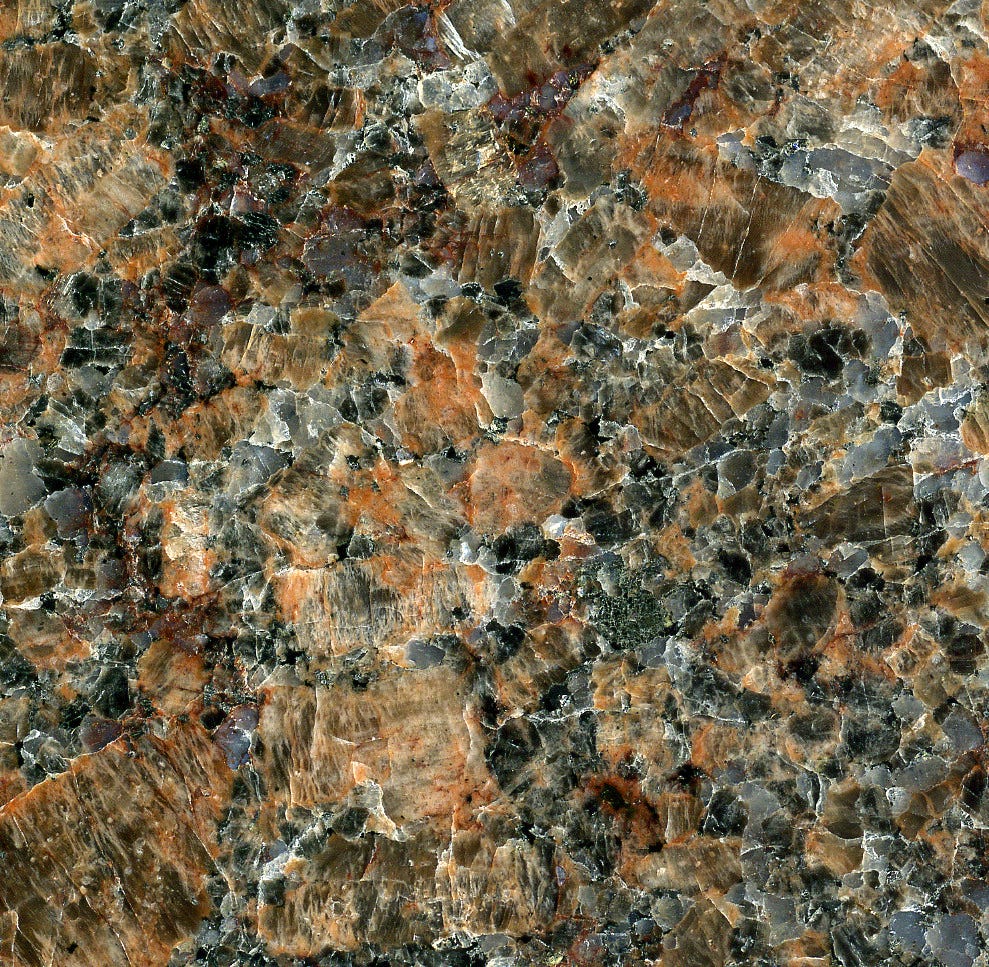On Saturday I went on my first ever geology “field day”! Which wasn’t really a proper field day, since we were in the middle of central London, but some cool rocks were still discovered. Well, ‘discovered.’ It was so much fun, I know a lot of people thinking that peering at walls looking for feldspar crystals doesn’t sound like a lot of fun, but for me, this is just my kinda fun.
Saturday was an excursion all about ‘pavement geology’ — looking at the rocks which make up our streets. Our pubs, our pavements, our palaces… all are made up of a wide range of rocks.
Being from Aberdeen, I’m no stranger to thinking about the materials we build with. You can’t take anyone up there without someone commenting on how “everything looks grey,” which is a very straightforward (and unfeeling) way of noticing that everything is made of granite. A few blocks from my house there is the Rubislaw quarry. Now defunct, it was once the deepest man-made hole in Europe, and the source of that silvery, sparkly stone that made my hometown.
The majority of London’s monuments and pretty white buildings are made of Portland Stone, which is a limestone which would have formed from sediment at the bottom of tropical, shallow seas. It is incredible, as you can take a closer look at most of the structures which are built from this rock and see little bits of fossilised shells and sea creatures.
We walked from Victoria station down to Westminster Abbey, taking in different paving stones and pillars. There was a lot going on! Paving slabs from China which had come from huge basalt flows. Smooth creamy stone with a raspberry ripple of garnet and mica from Brazil. Apartment blocks made of Scandinavian glacial clay that turns deep grey when fired. Everywhere there was something interesting and ancient.
My favourite though, out of the whole day, was one type of rock which sat in the most innocuous place. Your eyes wouldn’t even travel there unless someone pointed it out.
It was some sort of office building, as most of the buildings on that street are. Creamy square pillars came down around you, sheltering the pavement. But it was what sat at the base of those pillars. It wasn’t much to look at, but the bottom was a granite-like stone, dark brown-ish in colour, all dusted up from being at foot level. But apparently this was charnockite, a stone which was 2.7 billion years old. Dug up in South Dakota, apparently its age shows through the blue-ish hue of the quartz crystals which hold it together.
This rock is from the Neoarchean age, when photosynthesis was a new thing!, little microorganisms were creeping around the earth, and one of the earliest-known supercontinents swathed the planet. It was called Kenorland.
I don’t know why, I just kept thinking about this stone for the rest of the weekend. Forged in a time when life was twinkling into existence, this rock ended up being stuck at the bottom of a pillar on Victoria Street for people to kick dust over!? And maybe even pee on (if you’re a businessman at 1am coming home from the pub… trust me I’ve seen worse). The microorganisms this rock saw come into existence grew up and decided it would make a nice base for their office block!?
Of course, this isn’t the only charnockite in the world. Tombs have been built from it. It is used in many different places. Maybe someone has it as a kitchen countertop and chops tomatoes on it. But the poetic injustice of having something so old and worldly sitting as an architectural afterthought just made me sad for it.
Let’s just take a moment to appreciate its beauty:
I love you, charnockite.
I guess this whole thing is just a metaphor for knowing that even the most amazing things can also just be sitting at the bottom of the totem pole sometimes (thankfully, actual totem poles don’t really depict hierarchy, and in fact sometimes the most important figure can be at the base). There are beautiful things with beautiful secrets everywhere.
One of the things that I really loved on the walk was seeing rocks in the flesh and having them properly explained to me in a way which made me care about them. I think that’s the magic of science communication, especially with geology. I remember I got into crystals (because, what white woman in her mid-twenties doesn’t?) for a while and loved their shine and colour. But rocks, I’m afraid, are way cooler. They have more stories to tell.
If you are interested in a pavement geology walk then follow Ruth Siddall to keep updated. Similarly, GeoWalks in Scotland have a lot of exciting things going on, especially for the Scottish Geology Fest!
things i loved
✶ this clip of Chris Pine just dissociating whilst Harry Style says “movie” over and over just gets me

✶ now that it’s September, don’t forget to do your annual watch of Over The Garden Wall, the most adorable and seasonal cartoon that ever existed (also it has the best music)
✶ Have been enjoying this album today
✶ Also, here’s an autumnal playlist I made a few years back, to get you in the pumpkin-spiced mood 🎃 (too early I hear you say? NEVER TOO EARLY)
✶ The ultimate back-to-school classroom:


And here ends another newsletter. Do you have a favourite type of rock? Tell me!
As always, click the “heart” button on this email to claim your prize.
Go forth and be good,
Olivia 🪨







How much more movie could it be....... none more, none more movie